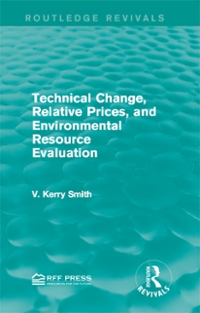Question
Week 1 1 (1.1). Describe 7 main steps in the scientific decision making. Illustrate the steps using a specificmanagement problem (for a example, choice of
Week 1
1 (1.1). Describe 7 main steps in the scientific decision making. Illustrate the steps using a specificmanagement problem (for a example, choice of inputs for a PC with minimal costs ).
Week 2
2 (2.1). Definea linear programming model and its components. Discuss which 3 properties a planning problem needs to meet to be modeled as a LP.
3 (2.2). Define feasible set and its corner points. Explain how one can find the combinations of the decision variables corresponding to the corner points. How one can use the corner points to find the optimal solution?
4 (2.3). Define special situations: unbounded feasible set, infeasibility, alternate solutions, redundant constraints. Discuss what do these situations imply for the manager's planning problem. When do you need to and how do you avoid this situations?
Week 3
5 (3.1) Provide an example of a manufacturing or employee staffing application discussed in the class (based on chapter 3). State the business problem;name the decision variables; define the objective function; explain sources of the linear constraints in this application.
6 (3.2) Provide an example of a marketing or transportation application discussed in the class (based on chapter 3). State the business problem;name the decision variables; define the objective function; explain sources of the linear constraints in this application.
7 (3.3) Provide an example of a finance or blending application discussed in the class (based on chapter 3). State the business problem;name the decision variables; define the objective function; explain sources of the linear constraints in this application.
8 (3.4) Provide an example of a multi-period application discussed in the class (based on chapter 3). State the business problem;name the decision variables; define the objective function; explain sources of the linear constraints in this application.
Week 4
9 (4.1). Explain what is sensitivity analysis of changes in objective function coefficients? Provide example of a business case where such analysis is relevant. Explain what are the allowable change limits for OFC. What happens to the optimal solution when these limits are exceded and when they are not exceded.
10 (4.2). Explain what is sensitivity analysis of changes in right hand side of the constraints? Provide example of a business case where such analysis is relevant. Explain difference between binding and non-binding constraints in the sensitivity analysis. Defineshadow prices for the constraints.
11 (4.3). Explain what is sensitivity analysis of changes in right hand side of the constraints? Provide example of a business case where such analysis is relevant. Defineshadow prices for the constraints.Explain what are the allowable change limits for RHS. What happens to the shadow price when these limits are exceded and when they are not exceded.
12 (4.4) What is simultaneous change in the constraints? Provide example of a business case where such scenario is relevant. Explain what 100% rule mean?Explain how to analyze impact of a new decision variable. Provide example of a business case where such scenario is relevant.
Step by Step Solution
There are 3 Steps involved in it
Step: 1

Get Instant Access to Expert-Tailored Solutions
See step-by-step solutions with expert insights and AI powered tools for academic success
Step: 2

Step: 3

Ace Your Homework with AI
Get the answers you need in no time with our AI-driven, step-by-step assistance
Get Started


